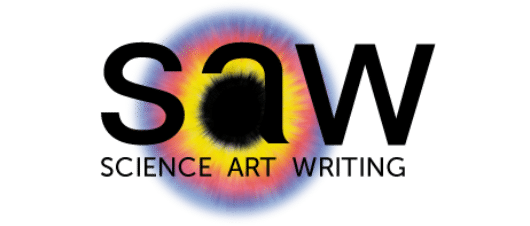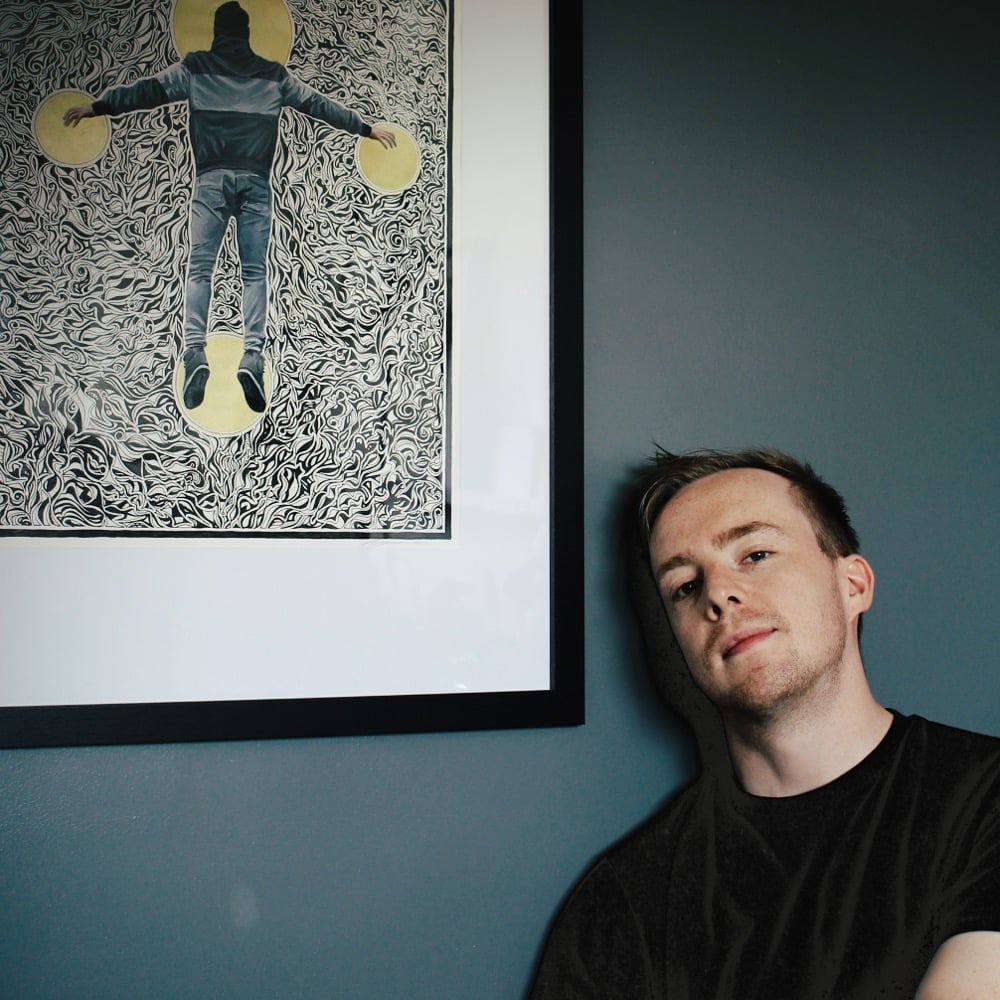In our line of work, we get to meet creative people all the time, and it’s particularly great to come across others who have a passionate belief in cross disciplinary approaches to education. SAW programme manager, Jenni, was lucky enough to meet one such person during a recent UK Association for Science and Discovery webinar event.
We’d like to introduce the SAW community to Gareth Campbell, founder of The MoSAIC, a relatively new organisation based in the SouthWest of the UK.
Hi Gaz! Thank you for finding the time to meet with us, we know that you are really busy at the moment.
Did you want to briefly introduce yourself and tell us a bit about your background?
Sure, so I’m Gareth, as an artist I go by ‘Gaz’. I did a degree in biochemistry but in my final year I did a module in music technology. The course involved using a knowledge of physics to understand music production. It was my first introduction to the art/science overlap and it really inspired me to see how creativity could benefit the sciences.
After spending two years trying to make it as a musician and tutoring maths and science on the side, I became a teacher in 2015 and specialized in chemistry. Whilst I was a teacher I realised just how compartmentalised the curriculum is, it’s not made explicit how the skills that you learn in the different areas of the curriculum can be really helpful in others and are transferable.
Alongside teaching I was doing my own visual artwork, which is heavily influenced by science and that’s when I started to think about the idea of The MoSAIC.
The MoSAIC sounds like a very exciting project, can you tell us a bit more about it?
I founded The Museum Of Science, the Arts & Interdisciplinary Collaboration, in 2022, but it really started when I was running a school Science, Technology, Engineering, Arts and Math (STEAM) Club.
Because it was STEAM, we got a mix of students with arts interests and others with scientific interests, and it was really nice to see those two worlds merge and with the help of two colleagues we ran weekly STEAM sessions for two years.
There’s loads of evidence to suggest that integrating the arts into science is really beneficial, particularly to disadvantaged learners and I realised that I needed to be doing this, so I left teaching to be able to take it to other schools.
You took such an inspiring leap from a stable career to start up your own business, how do you reflect on that now?
It was the biggest challenge. I had eight wonderful years teaching, and the skills I got from teaching are so invaluable to setting up a business, organisation, forward planning etc, but now I get to wake up and ask myself ”what do I get to do this morning?” not “what do I have to do this morning”. Its completely changed my mind set.
You mentioned the support of some of your previous colleagues, who else has supported you along this journey?
I’m working from Bath Spa University’s innovation hub called The Studio, and is just amazing. To have 92 other people who are setting up businesses to bounce ideas off, learn from and with, and get feedback from is invaluable.
So, what does a day in the life of Gaz actually look like, what do you get to do?
No week is identical. Some days are admin days, some I get to stay home and paint all day and then I get to do in-person stuff. So recently we got a community grant from the British Science Association to do some outreach for underserved communities. We ended up running a workshop looking at the art of astrophysics with children and adults. It was great – grandparents even joined in.
Then I’m off to Stoke-on-Trent and working with Luke Jerram’s Museum of the Moon, were we’ll be doing lessons on moon mapping.
The MoSAIC and all your projects sound really exciting, thanks for catching up with us and we have high hopes for a collaboration sometime in the future. Watch this space!
We highly recommend visiting The MoSAIC website to find out more about this exciting project, and heading over to Gaz’s website to see his own science-inspired artwork.
If you want to hear more about the STEAM method of teaching check out artswork to view the STEAM toolkit.
We also took the opportunity to ask Gareth our top three questions. Find out how he answered them here!

